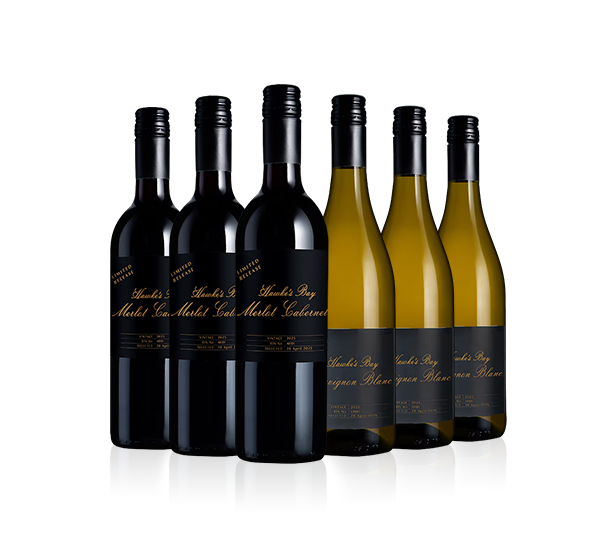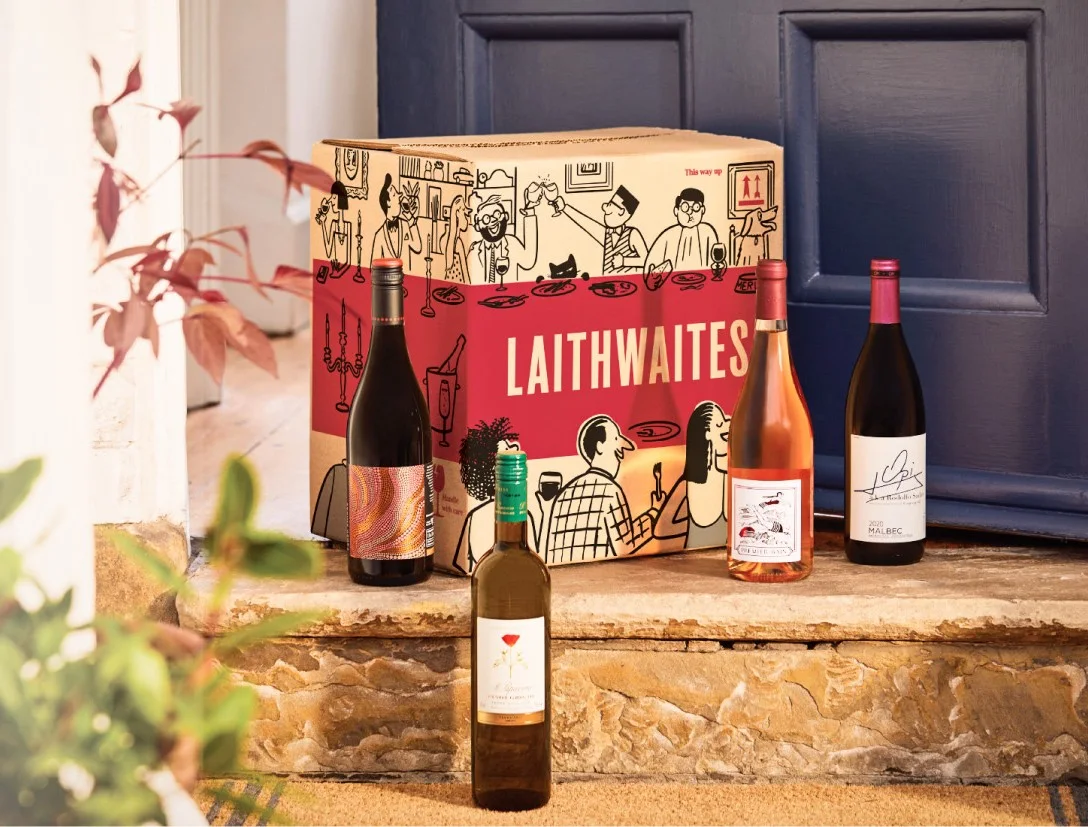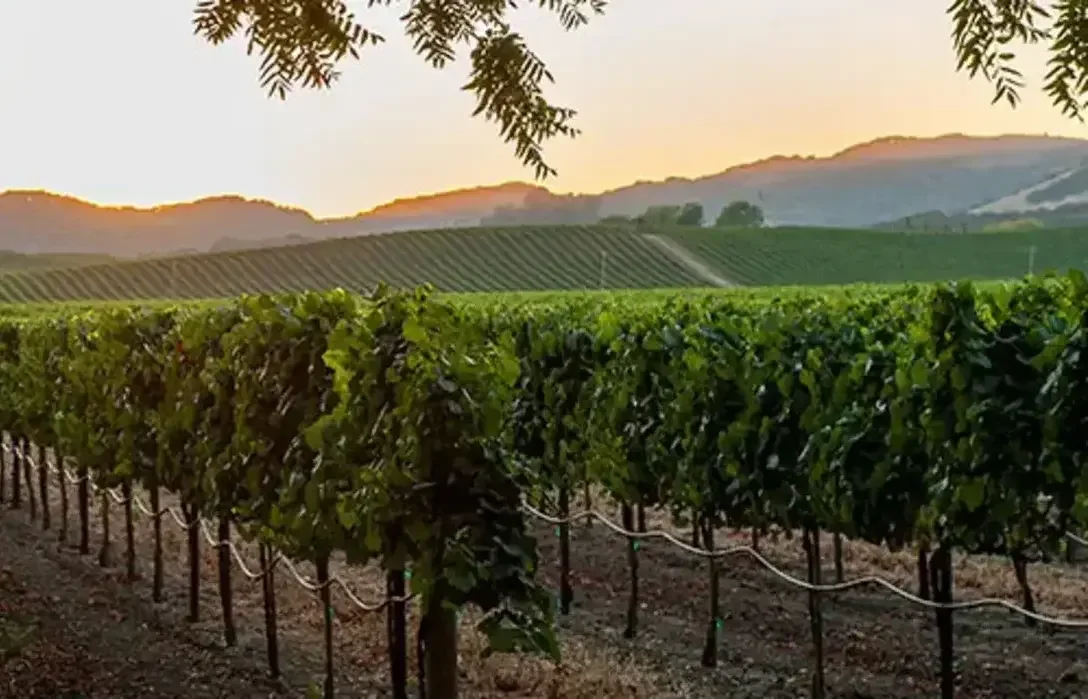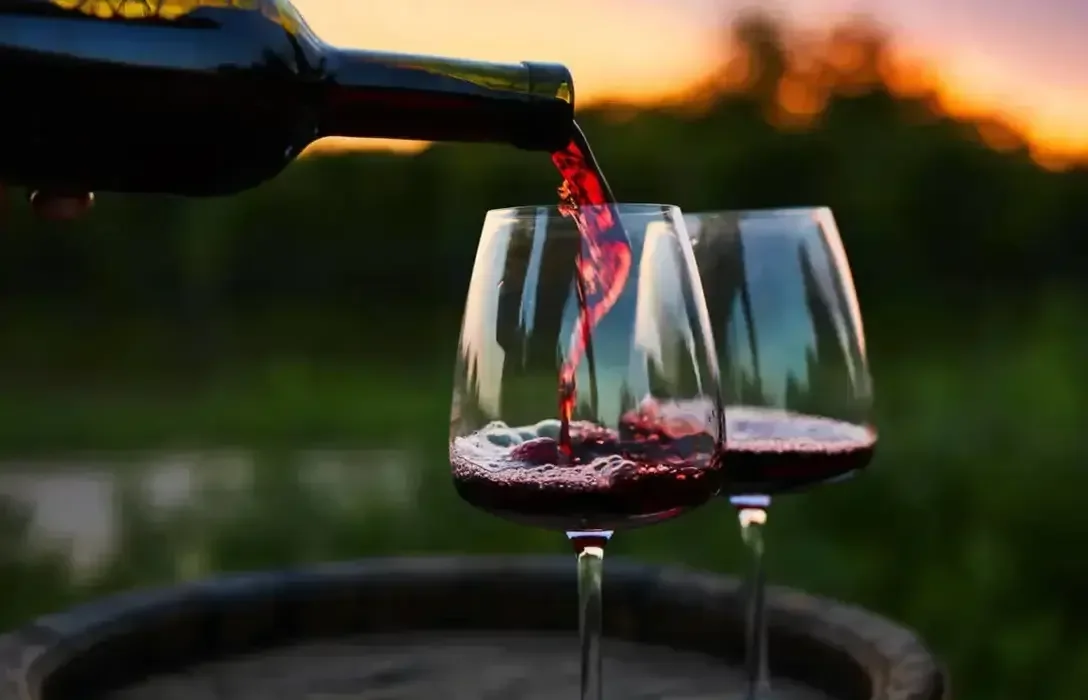Filter by
- Marlborough’s most renowned Sauvignon Blanc and for good reason. Such intensity, poise and vivacity£25.00 per bottleSAVE £1.50
- New secret-deal Sauvignon Blanc and Merlot Cabernet from “New Zealand’s First Growth”£77.94 per caseSAVE £42.00
- Marlborough does beautiful Pinot Noir too. Still young, it’ll open into a superb, softly spiced red£35.00 per bottle
- Top-class Marlborough Sauvignons – including the 40th vintage of legendary Cloudy Bay£113.94 per caseSAVE £12.54
- A luscious, oak-fermented Chardonnay from this family-owned, trophy-winning estate£23.00 per bottleSAVE £5.00
- Only made in exceptional years, Te Koko's a smoky, complex Sauvignon from the iconic Cloudy Bay£50.00 per bottle
- Seductively complex, oak-rich Marlborough Chardonnay from former Cloudy Bay winemaker Kevin Judd£28.00 per bottleSAVE £5.00
- From pioneers in New Zealand winemaking, a superb, 93pt oak-fermented, Burgundian-style Chardonnayfrom £26.00 per bottle
- Superb organic Chardonnay from Felton Road, the leading estate of Central Otago£43.00 per bottle
- Mesmerising New Zealand Pinot Noir from Felton Road, the leading estate of Central Otagofrom £55.00 per bottle
- World-class Pinot Noir from Felton Road – New Zealand Winery of the Year 2025 (The Real Review)from £65.00 per bottle
- £18.99 per bottle
- A fabulous, 94-point Chardonnay from the brilliant Trinity Hill and the renowned Gimblett Gravels£31.00 per bottle
- From pioneers in New Zealand winemaking, a superb, bright, textured Burgundian-style Chardonnayfrom £27.00 per bottleSAVE UP TO £6.00
- Complex, oak-aged, 94pt Pinot Noir from Martinborough, NZ – made by one of the region’s top estatesfrom £70.00 per bottle
- £60.00 per bottle
- £23.00 per bottle
- £23.00 per bottle
- Showing (1 to 18 of 18)
1
Page 1 of 1
























